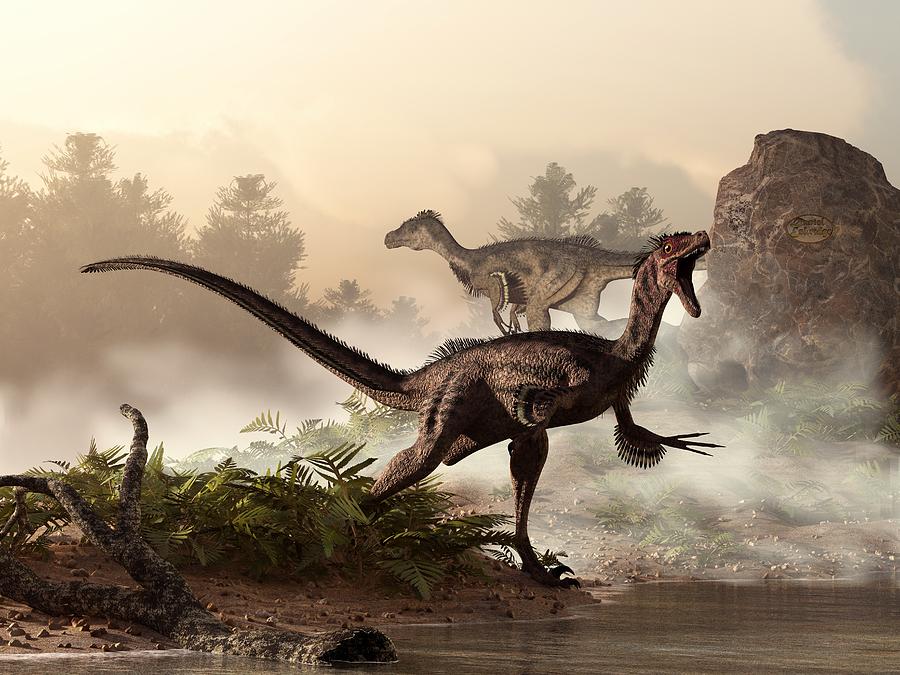Article by David Shukman from BBC -Sci/Environment
What is wrong with extinction? I realise this question is the conservation equivalent of a landmine - or an elephant trap. And that it is likely to ruffle a lot of fur.
No doubt a controversial topic!
Would the world be better if velociraptors still existed?
But I ask because I am merely wondering whether we sometimes forget a grim reality of the story of life on Earth - that extinction has always been with us.
In fact, it has quite often been good for us.
We are certainly far better off without velociraptors slashing their way through our cities. Our streets are safer with no sabre-toothed tigers. And imagine trying to swat one of those monster prehistoric insects like a vulture-sized dragonfly.
The question of extinction most recently surfaced at the talks on the Convention on International Trade in Endangered Species of Wild Fauna and Flora (CITES) - the treaty meant to save endangered species from the devastating effects of trade.
The slaughter of rhino, the decimation of elephant, the forlorn last stand of the tiger - all had their profiles raised as the delegates in Bangkok negotiated their fate.
And anyone hearing the protests and the campaigns, and the shocking statistics about the losses, might be forgiven for thinking that extinction was some new kind of evil that was not invented until rapacious and uncaring mankind came along.
I should state right now that some of the most ghastly examples are indeed entirely the result of man's activities, sometimes unwittingly, sometimes carelessly.
Natural order
However, taking a long view, extinction has been part of the natural order of things throughout Earth's history.
The most famous mass wipe-out was the loss of the dinosaurs. And four other great die-offs have been identified - one of them killing off something like 90% of species.
But there is so-called "background" extinction as well - species fading out year by year, creatures quietly losing out to others and disappearing. These losses might not be spectacular - in fact, they're routine.
The result is that the average species only lasts a few million years. Mammals do worst, surviving between one and two million years. Clams do better at five to seven million.
A few hardy survivors - the leatherback turtle is a prime example of a sturdy design - cling on for tens of millions of years.
But the blunt truth is that the living world is a restless, churning enterprise in which nothing endures forever. Astonishingly, almost every life form that has ever existed on the planet has died out.
It is worth pausing to absorb what that means. Something like 90% - or even 99%, according to some estimates - of every kind of sea creature or land animal or insect or plant that enjoyed a spell on Earth then vanished into oblivion.
Some remains morphed into fossils and ended up on the shelves of museums. Others have left no trace.
No mourning
Charles Darwin wrote of extinction in his landmark On the Origin of Species.
For him, the process of evolution involved new species gaining ground and others losing out. He certainly did not mourn the passing of the losers.




